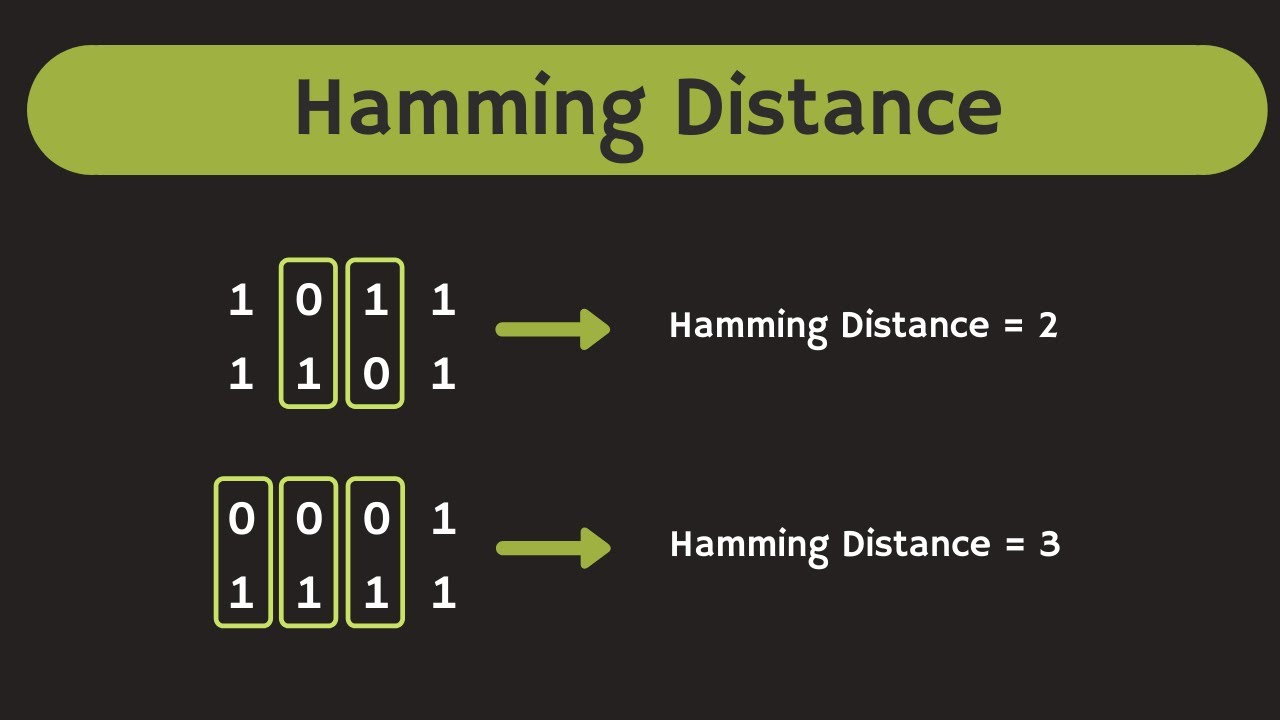
Hamming Distance: Explained with Example
In the fast-paced world of digital communication and network standards, ensuring data integrity is paramount. To achieve this, the concept of Hamming Distance plays a pivotal role in assessing the difference between data sequences, enabling error detection and correction. In this article, we will delve into the significance of Hamming Distance in the context of digital communication and network standards, with the help of an illustrative example.
Understanding Hamming Distance
Hamming Distance is a fundamental metric used to measure the dissimilarity between two data sequences of equal length. In the context of digital communication and network standards, where data transmission is susceptible to noise and errors, Hamming Distance proves invaluable in verifying data accuracy and reliability. The concept finds its roots in information theory and coding theory, serving as a cornerstone for various error detection and correction techniques.
Example of Hamming Distance in Digital Communication
Let’s consider a scenario in digital communication where binary data is transmitted over a network. Two data sequences, A and B, are received at the destination. To determine the Hamming Distance between them, we perform a bit-wise comparison:
Data Sequence A: 011001
Data Sequence B: 111001
Comparison and Counting Differences:
- A[1] and B[1]: A[1] is “0,” B[1] is “1,” they differ.
- A[2] and B[2]: Both elements are “1,” no difference.
- A[3] and B[3]: Both elements are “1,” no difference.
- A[4] and B[4]: A[4] is “0,” B[4] is “0,” no difference.
- A[5] and B[5]: Both elements are “0,” no difference.
- A[6] and B[6]: Both elements are “1,” no difference.
Calculating Hamming Distance: The Hamming Distance between data sequences A and B is 1, indicating one position where the elements differ.
Applications of Hamming Distance in Network Standards:
Error Detection and Correction: In digital communication and network standards, Hamming Distance is employed in error detection and correction codes. By adding redundant bits to the transmitted data, errors can be detected and sometimes even corrected based on the calculated Hamming Distance.
Checksums and Parity Bits: Hamming Distance is utilized in checksums and parity bits, which are essential for verifying data integrity during data transmission. These techniques help ensure that data is received accurately without errors.
Network Topology Discovery: In networking protocols like RIP (Routing Information Protocol) and OSPF (Open Shortest Path First), Hamming Distance is used to discover the best routes and determine network topology efficiently.
Conclusion:
In the realm of digital communication and network standards, the concept of Hamming Distance holds great significance in guaranteeing data integrity and reliability. By quantifying the difference between data sequences, Hamming Distance aids in detecting and correcting errors, enhancing the overall efficiency and accuracy of data transmission. The illustrative example presented in this article showcases how Hamming Distance plays a vital role in assessing data dissimilarity, making it a crucial metric for ensuring seamless and error-free communication in the dynamic world of digital networks.